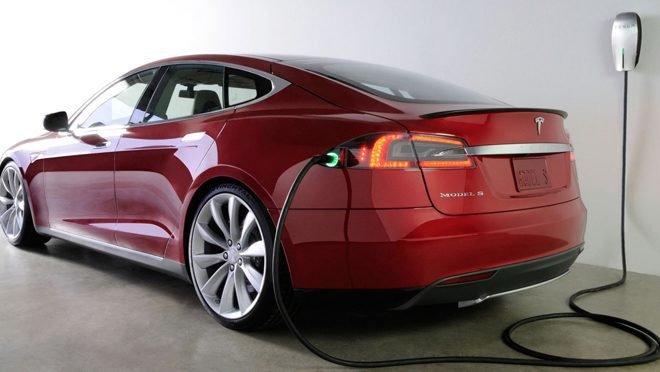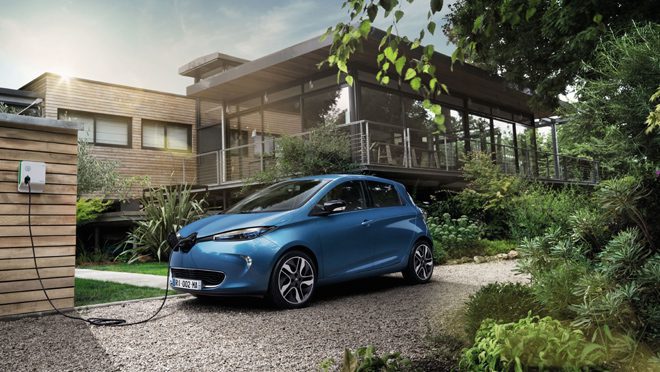It seems that this year’s Geneva Motor Show was all about electrification, as automotive brands are shifting their focus to more eco-friendly cars that are in line with impending EU emission laws.
Suspending the driverless concept craze and far-reaching tech, the 89th edition of the Motor Show featured a number of realistic electric car models that aren’t too far from roads in the near future. While a series of fatal incidents involving self-driven cars has seriously impacted customers’ confidence, the interest in electric cars seems to have increased, most likely because of the new emission standards of under 95 grams of CO2/km. Apart from minute Seat Minimo and Citroën Ami One, the presented models included electric hypercars like Hispano Suiza Carmen, all-terrain Aston Martin Lagonda, as well as all-rounders like Fiat Centoventi. But what is the impact of massive car electrification on our power utility systems?
Electric cars in 2019
For many people, an electric car is going to be their next automotive purchase. With addictive high-surge performance and incredibly low maintenance costs when compared to petrol cars, electric vehicles are rapidly increasing their fan base in all price ranges. One of the best all-rounders, Kia e-Niro is a compact SUV that many reviews consider the electric car of the year. With a 64kWh battery, e-Niro is packed with car tech and luxury, and when using a 100kW public charger, it tops up under an hour. In the premium segment, Tesla Model S saloon has been upgraded with a pair of electric motors totaling 362bhp, while the 75kW battery gives it a 490 km range. The ZOE by Renault is the most affordable electric car in 2019, with a range of battery pack and electric motor choices. The 41kWh battery comes with a Q90 quick-charge option, allowing it to charge to 80% in only 55 minutes when using a 43kW charging point.
Infrastructural challenges of EVs
In order to successfully meet the growing adoption of electric vehicles, our energy grids need to be expanded dramatically, with innovative load balancing technologies ensuring that new demands are met. However, to make electric or hybrid vehicles truly sustainable and low-emission, the energy grid needs a much bigger percentage of renewable power sources and a reduction in carbon fuels. Today’s energy is largely created and used on demand, and as our roads become more and more electrified, energy demand is becoming less predictable, and the energy grid less stable. As the battery size of the new EV is increasing, the surging sales of these cars leave a big question of whether existing charging systems will be able to meet the demand within three years.
V2G – a possible answer
Even though fossil fuels are still the mainstay of our energy sources, we’ve considerably exploited their deposits in the last 150 years. The problem with renewable energy sources is that they are somewhat unpredictable and geographically conditioned.

The sun and wind power still depend on weather conditions – a gap that could be closed by short and long term energy storage. And this is where electric cars enter the fray. An average city car stands for 23h a day. This time could be used much better if a car serves as temporary storage. Charged by a 5kW solar system on your roof, your car could store the energy in its batteries and return it to the grid at times of increased power demand. This concept puts a new meaning into renewable energy, potentially multiplying the usefulness of your home solar system. Currently, V2G technology is neither cheap nor simple, as communication system needed to control back and forth energy supply are complicated and yet need to be standardized.
Also, while EV batteries are optimized for fast charge/discharge and lightweight, home system batteries are engineered with gentle charge/discharge and no weight size considerations.
Power load of electric cars
Most electric vehicles need several kW of power, which is lower than most electric heaters. A few models like Tesla require 10 or 20kW home systems, due to their double onboard chargers, but higher power outputs are extremely rare. For someone who’s considering an electric car, a home charging system of 7.7 kW (32A at 240VAC) or more will be enough. In Europe, on the other hand, your best setup is a three-phase installation at 11 or 22kW, as much popular Renault ZOE charges on three-phase power.


As a comparison, a standard electric heater draws 10kW, while water heaters use about 4.5kW. An electric vehicle power draw is limited either by the EV supply equipment or the onboard charger. Higher power draws mean greater home charging speeds. Although an electric car charging can draw a significant amount of energy, the charging cost is still lower than the cost of fuelling a comparable petrol car.
Our transition to all-electric transportation will require substantial investments in R&D, expansion of vehicle charging infrastructure and unification and legislation of installing charge points in new residential developments. A problem with unpredictable energy demands caused by charging EVs could be solved by using their batteries for powering the grid in consumption peeks. This concept might work hand-in-hand with renewables.




